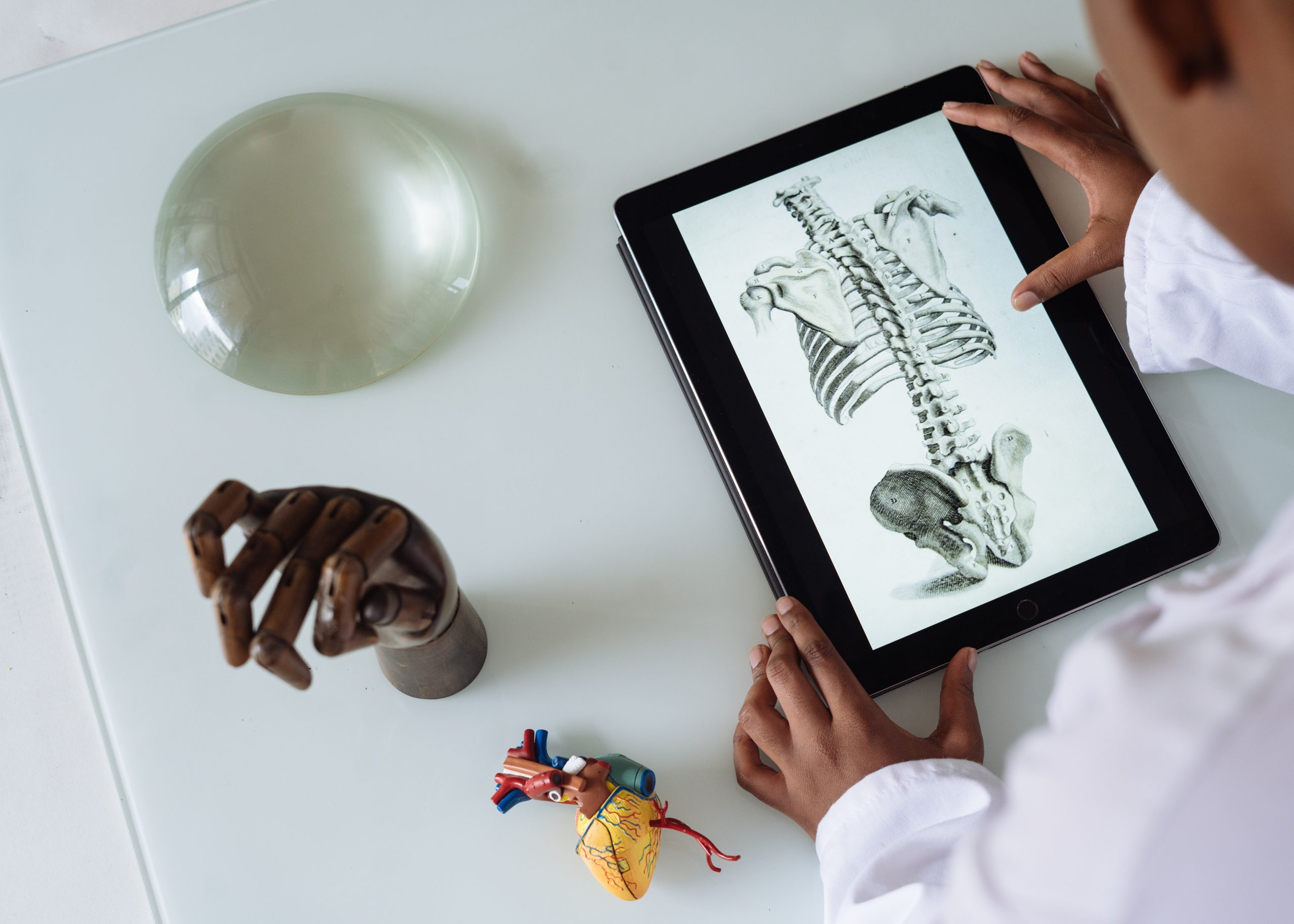If you wish to enroll in a nursing program, you must pass the HESI A2 exam. This test measures your general education knowledge and assesses your academic readiness for nursing schools. Despite the fact that the test isn’t particularly challenging, you still need to study well if you want to succeed. Anatomy and physiology is one of many topics covered on the Hesi A2 exam.
Below is a sample of the HESI A2 Anatomy and Physiology practice test. Check it out to see how this section of the test is structured! After answering the questions, scroll down to review the explanations and answers.
Visit our HESI A2 practice test free website right away to take more tests or prepare for other HESI exam sections.
HESI A2 Anatomy and Physiology Practice Test Questions
1. The orthopedic surgeon informs you that you have broken the end of your femur. What area is she describing?
A. Bone matrix
B. Diaphysis
C. Epiphysis
D. Shaft
2. All except which of the following is located superior to the maxilla bone?
A. Frontal bone
B. Mandible
C. Nasal bone
D. Zygomatic bone
3. Which of the following is NOT a function of the digestive tract?
A. To perform gas exchange.
B. To remove waste from the body.
C. To use enzymes to break down food.
D. To use peristalsis to move food along.
4. Moving the arm toward the body would be described as a _______ movement, rather than a ______ movement.
A. anterior, superior.
B. distal, proximal.
C. proximal, anterior.
D. proximal, distal.
5. The endocrine system assists what other body system in homeostasis and plays important roles in growth and sexual maturation?
A. Cardiovascular system
B. Integumentary system
C. Nervous system
D. Reproductive system
6. The hormone ____ assists estrogen in stimulating the formation of the endometrium.
A. luteinizing hormone
B. oxytocin
C. progesterone
D. testosterone
7. The axial skeleton consists of how many bones in the vertebral column?
A. 24
B. 26
C. 28
D. 30
8. The femur, tibia, fibula, tarsals, and metatarsals are bones that comprise which of the following?
A. Bony pelvis
B. Lower extremity
C. Pelvic girdle
D. Upper extremity
9. Estrogen serves what primary function in the female reproductive system?
A. It causes fertilization.
B. It initiates the preparation of the endometrium for pregnancy.
C. It triggers the production of breast milk.
D. It triggers the release of the egg from the ovary.
10. Vitamin K is created in the:
A. Intestinal tract.
B. Liver.
C. Lungs.
D. Pancreas.
Take the HESI A2 Biology Practice Test here
Answers & Explanations
1. C
The epiphysis is on each end of long bones like the femur.
2. B
The mandible is the facial bone that is located inferior to (below) the maxillofacial bone. The frontal bone, nasal bone, and zygomatic bone are all superior (above) to the maxilla bone.
3. A
The digestive tract performs all of the above functions except for performing a gas exchange, which is a function of the respiratory system.
4. D
This movement is described as a proximal movement, rather than the opposite, which is distal. Proximal can be thought of as ‘proximity’ and distal can be thought of as ‘distant’ to help remember their meanings.
5. C
The endocrine system assists the nervous system in homeostasis and plays important role in the growth and sexual maturation
6. C
Progesterone is a hormone produced by the ovaries and is responsible for maintaining the uterine lining, or endometrium.
Oxytocin is a hormone that is involved in the processes of childbirth and milk production and is released by the pituitary gland.
Luteinizing hormone is also an important hormone for the female reproductive system; however, it is not involved with the formation or maintenance of the endometrium. Instead, it stimulates ovulation along with estrogen. It is also not produced by the reproductive organs but by the pituitary gland in the brain.
Testosterone is the primary male reproductive hormone, however, it is produced in smaller amounts by the ovaries in women. The role of testosterone in women is to regulate libido, body composition, and muscular strength.
7. D
The axial skeleton has 30 bones in the vertebral column. There are 7 cervical vertebrae, 12 thoracic vertebrae, 5 lumbar vertebrae, 5 sacral vertebrae, and the coccygeal vertebrae.
8. B
The bones of the lower extremity include the femur, the tibia and fibula, the tarsals, metatarsals, and the phalanges.
9.B
Estrogen serves to thicken the endometrium in preparation for pregnancy, in addition to other functions. Progesterone also plays a role in endometrium development, counterbalancing the effects of estrogen.
10. A
The intestinal tract contains bacteria that synthesize vitamin K which can be used throughout our body.
These are some examples of our HESI A2 Anatomy and Physiology practice test. The HESI A2 Grammar Practice Test can be found here.

PCCN vs CCRN: Which Certification Should I Take?
In this discussion, we will examine the fundamental distinctions between PCCN vs CCRN certifications, allowing you to make an informed and right decision about which certification is best for your nursing career progression.
June 20, 2023

Is PCCN Worth It? A Comprehensive 2024 Study Guide
In this article, we will provide all the enrollment criteria, how to apply, whether is PCCN worth it for you to obtain, and how to get a high mark.
June 20, 2023

PCCN Requirements - How to Become a Progressive Care Certified Nurse?
To become a progressive care nurse, you must first obtain the PCCN certification. This post will help you understand PCCN certification, PCCN requirements, and efficient approaches to obtaining this certification.
June 20, 2023

